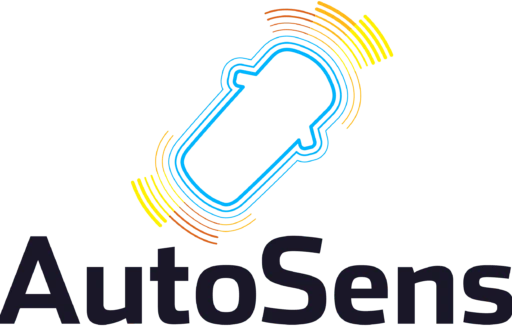Camera Image Quality Assessment for Automotive Perception Systems

Europe
- Tuesday 8th October
- 10:00 CEST
- Room 6
Tutorial
Addressing the Safety of the Intended Functionality (SOTIF) challenge in practice involves implementing specific measures and techniques to ensure the safe operation of complex systems. SOTIF focuses on the hazards that arise due to a system’s intended functionality rather than traditional safety concerns related to malfunctions or failures. Here are some steps to address the SOTIF challenge:
Established methods for analysis, design and testing such as FMEAs, FTAs, V-models, prototype vehicles and hardware-in-the-loop tests must be sensibly supplemented with new approaches in automotive engineering to ensure the safety of these highly complex systems. Today, testing is already scenario-based and simulation models are increasingly finding their way into series assurance. However, the experience of the last few years shows that many of the new methods have not yet been integrated into series development in a meaningful way. This is mainly due to the fact that today’s standards and regulations increasingly contain abstract requirements, but do not offer any indications for concrete implementation.
The Workshop will once again briefly discuss the interdependencies of ISO 26262 and ISO 21448 and link these above all with type-approval-relevant topics and regulations, because it has become apparent that the safe placing of driving functions on the market has become a complex process in which procedures applied in this context for the first time must increasingly be taken into account. The Workshop will show holism and at the same time illuminate individual aspects in detail.
The following is a brief overview of the content:
1. New approaches for system analysis/risk analysis (also applicable to AD applications)
2. Seamless link with testing concepts and V&V strategies
3.Quantitative assessment of Safety
The focus of the Workshop is on new , promising methods in the automotive industry that can be used during the development and validation of complex E/E systems to solve the key challenge of automated and autonomous systems.


